Many networking gear vendors have caught onto the home mesh Wi-Fi bandwagon, and the latest entrant onto the market is Linksys. The company’s new Velop Whole Home Wi-Fi Mesh System allows you to create your very own wireless distributed system at home. In doing so, you can end up increasing and evenly spreading your Wi-Fi coverage.
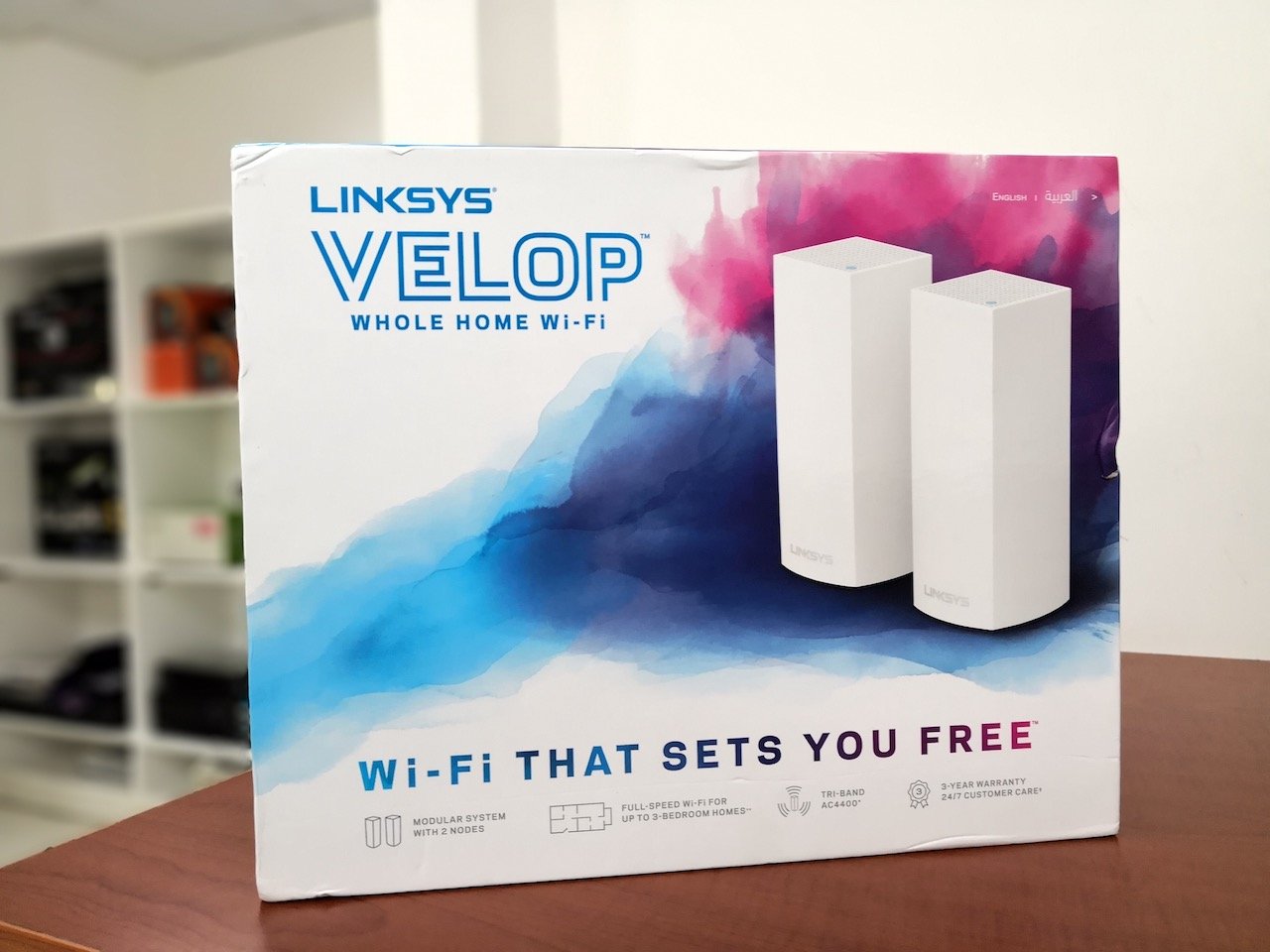
So how is a mesh system different from a Wi-Fi range extender? Well, Wi-Fi range extenders act as a device to boost your Wi-Fi connection. However, these devices might not be of use if your Wi-Fi connection itself was weak to begin with. Mesh systems on the other hand, come with nodes that expand and distribute Wi-Fi coverage evenly, so you don’t see a drop in connectivity.
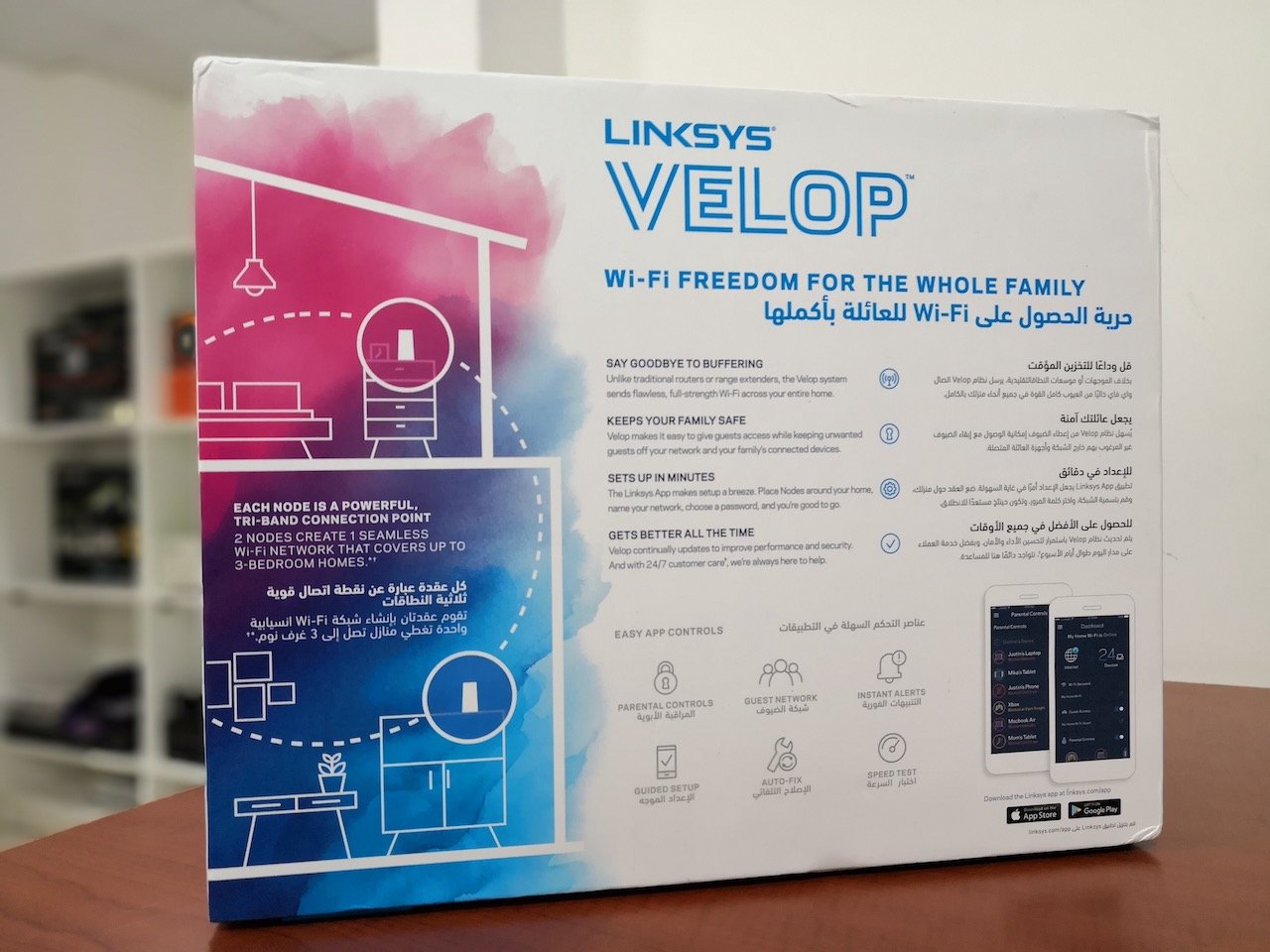
The Linksys Velop is available in three variants that come with either one, two, or three nodes. The variant we received for review came with two nodes. Setting up the Velop is literally a walk in the park. You need to download the Linksys app (available of both iOS and Android devices) on your mobile device and follow the step by step instructions. It’s quite cool that you get to set up the mesh system using a mobile app rather than using a web browser.

Once a node is connected, you can connect the other node pretty easily. The other node can either connect directly to the main node that’s connected to your modem, or if you have the three-node variant, the other nodes can daisy-chain off each other.
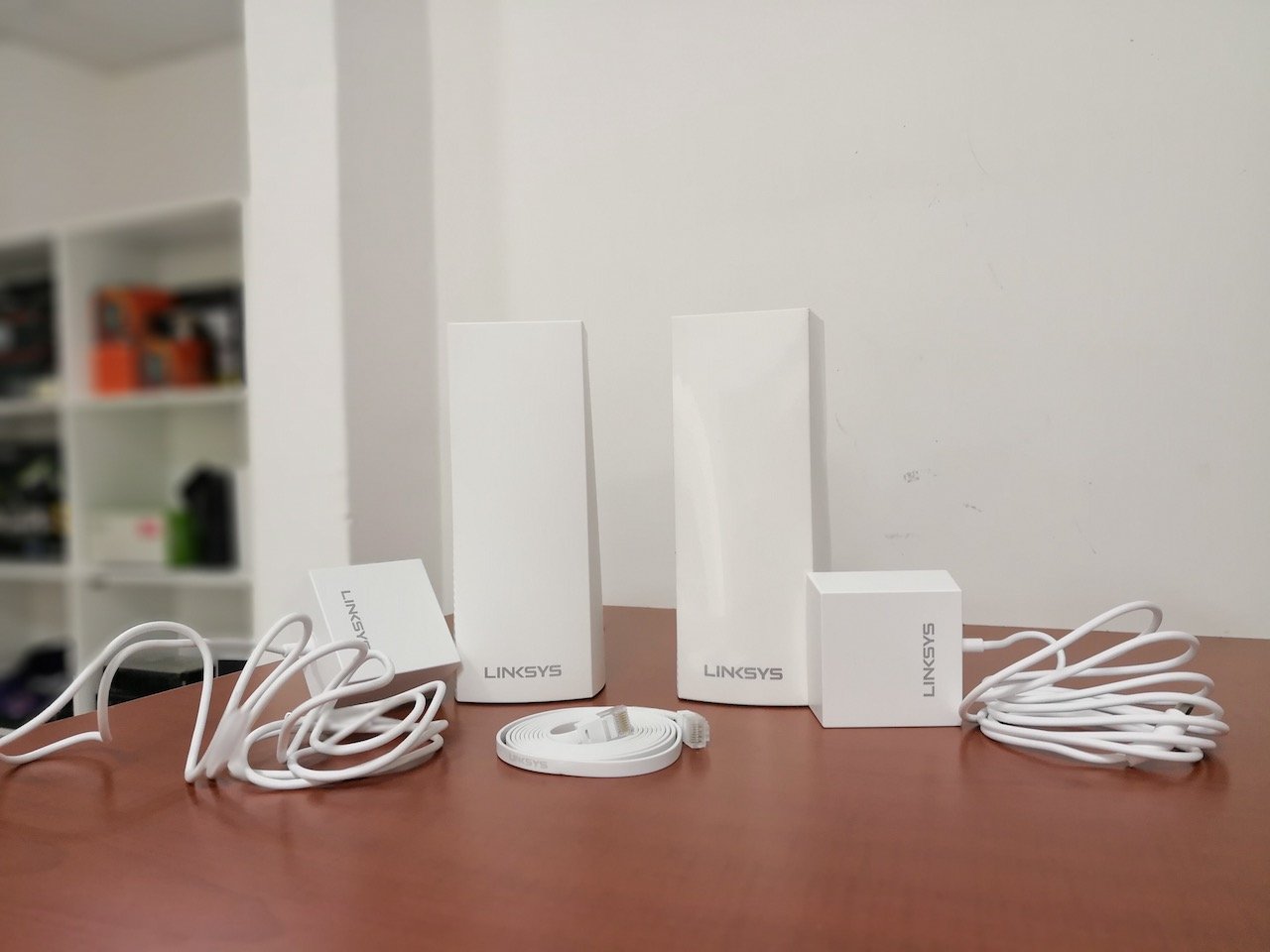
For this review, I connected one node to my modem in the living room, and placed another node in the bedroom. The Linksys app then verified the connections and then approved the placements of the nodes throughout my house.
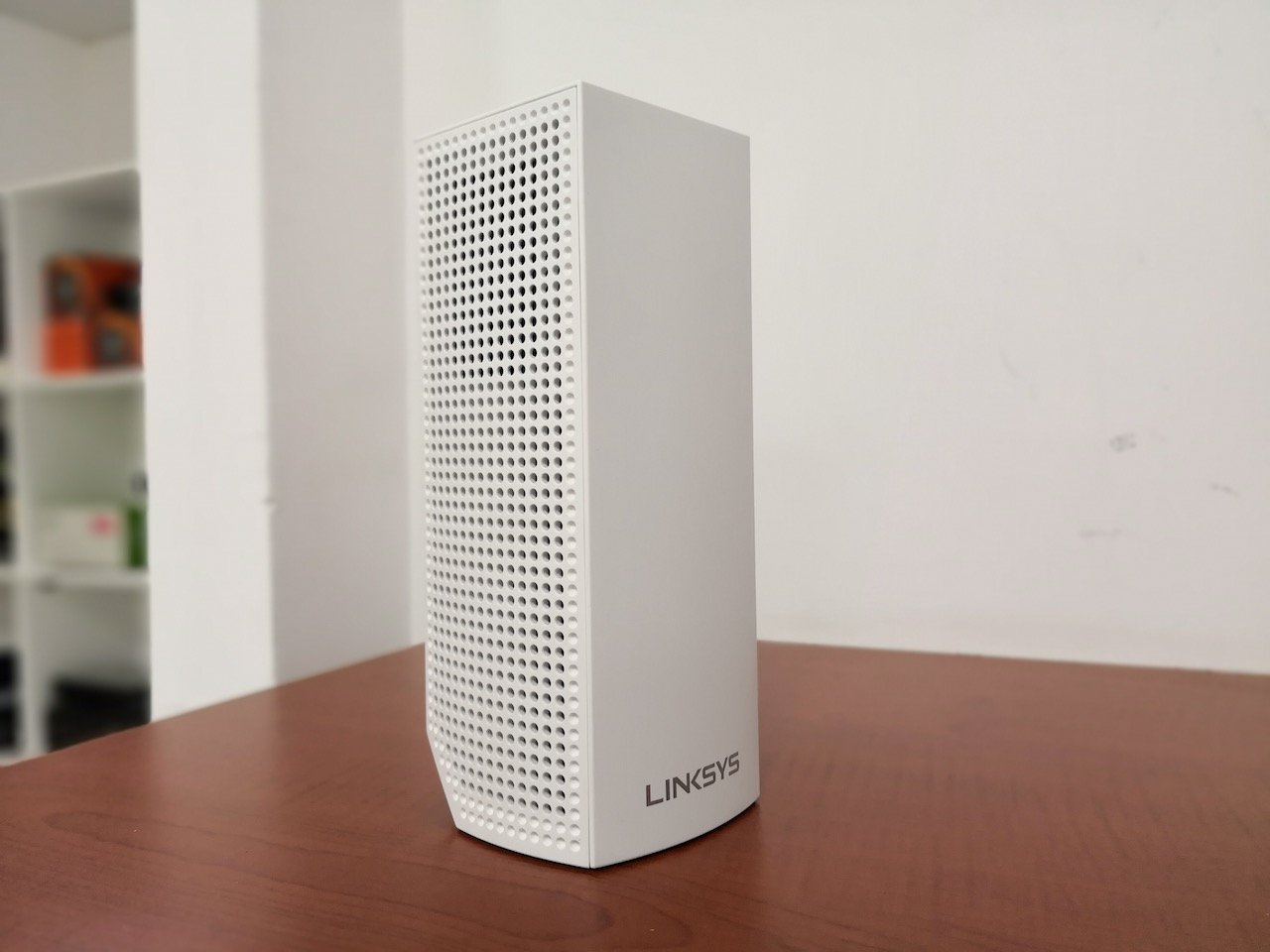
Unlike many mesh systems we have seen on the market, the Linksys Velop is possibly a true Wi-Fi mesh networking system. There is no master router or gateway or any kind of that stuff. Hence, each node is capable of communicating with each other. That means, each node is built like a full fledged router. This allows the Velop to function more flexibly.
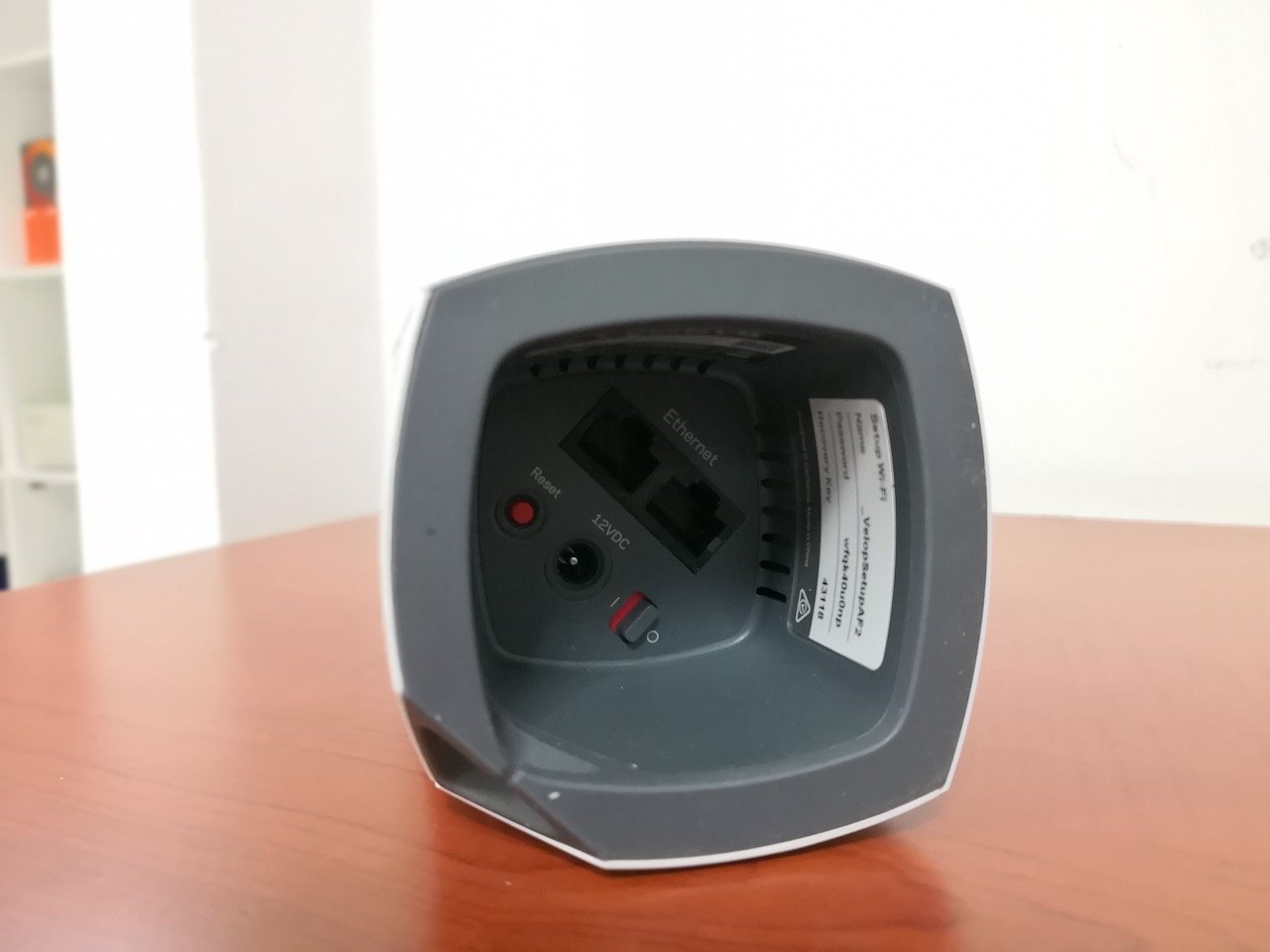
In terms of design and build quality, the nodes look top notch. They can easily blend into the overall decor of your home. The Velop comes in a glossy white finish and there is only one LED status indicator on the top. Vented panels on the top and sides help keep the unit cool. You will find two Gigabit Ethernet ports when you left the Velop and look at the bottom. No USB port is included though for file and print sharing.
Each Velop is also a tri-band router. Under the hood, the Velop is powered by a quad-core Qualcomm IPQ4019 SoC running at 716MHz. This is complemented by 512MB of RAM and a generous 4GB of flash memory.
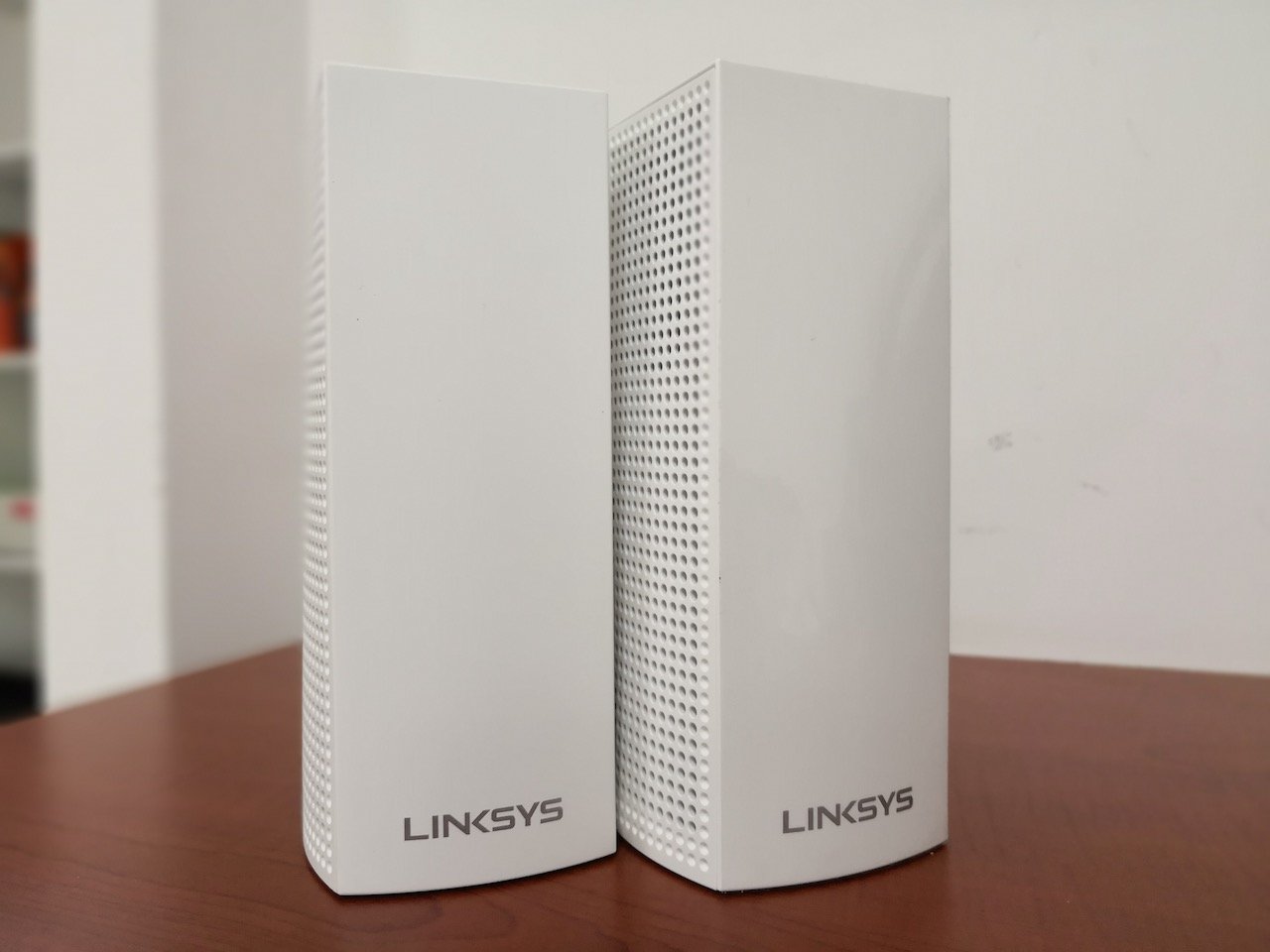 In terms of performance, the Linksys Velop is a rockstar. I used a 2016 MacBook Pro for this review and my home internet connection is a 12 Mbps line from Etisalat. The Velop was able to offer an average of 12.3 Mbps for downloads, and an average of 4.2 Mbps for uploads, which is very good. I am glad to report that the performance was at par across my house – irrespective of whichever corner I chose to connect to my home Wi-Fi.
In terms of performance, the Linksys Velop is a rockstar. I used a 2016 MacBook Pro for this review and my home internet connection is a 12 Mbps line from Etisalat. The Velop was able to offer an average of 12.3 Mbps for downloads, and an average of 4.2 Mbps for uploads, which is very good. I am glad to report that the performance was at par across my house – irrespective of whichever corner I chose to connect to my home Wi-Fi.
The Linksys app is one of the best designed apps around. It provided me with all the info needed to manage my mesh WiFi system. Information included the number of devices connected to each node, which band the devices are connected to, and so on. The app also offers options for sharing your WiFi network name and password, setting up your guests for access, and parental controls.
The Linksys Velop costs AED 1599 for the two node pack. Many might find this price tag expensive. But then, if you are looking to upgrade from your current traditional router and WiFi extender setup to a mesh WiFi system, the Linksys Velop should be on top of your list.
Price: AED 1599 (with two nodes)






